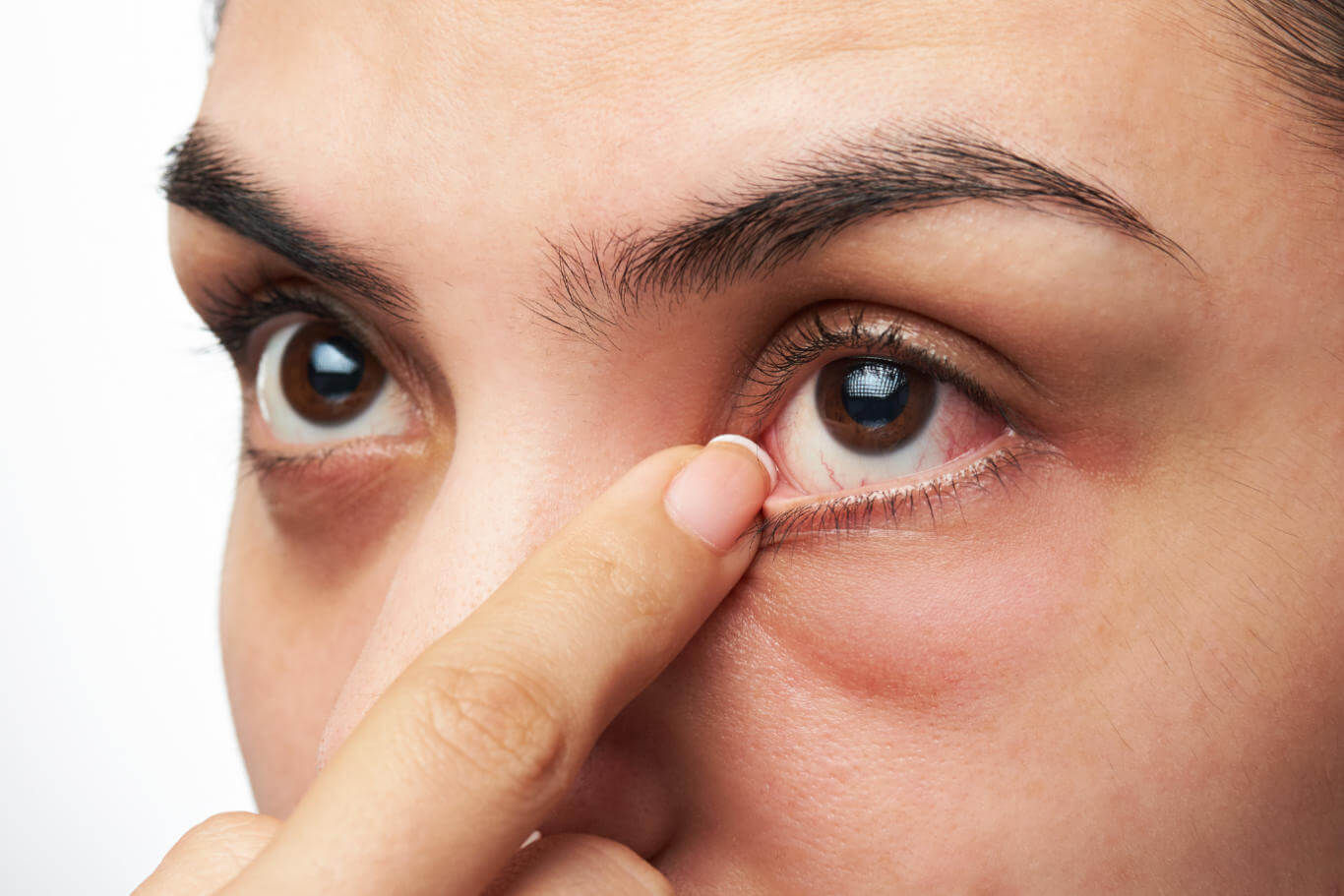Diabetes has a number of obvious symptoms, but did you know that your eyes could indicate diabetes too?
The main symptoms of diabetes include feeling very thirsty, peeing more frequently than usual, feeling very tired and weight loss. However, a lesser-known symptom is blurred vision and other issues with sight.
According to a consultant optometrist, Robert Longhurst, there are eight signs of diabetes that can be detected in the eyes.
While you can have diabetes without the eyes showing signs of it, regular eye examinations are important as sometimes there are lots of signs of diabetes in the eyes!
Mr. Longhurst explained: “It is important to realise that by the time we can see these diabetic-related changes in the blood vessels, it is likely someone has been diabetic for some time.
“An eye examination, therefore, is not a substitute for a blood test if you think you might be diabetic.”
Longhurst said: “In the early stages of the disease, small outpouches called microaneurysms are seen and they rupture to form small haemorrhages called dot and blot haemorrhages.”
Swelling
As more and more blood vessels are affected by your diabetes, there are more and more haemorrhages.
Mr Longhurst said: “These haemorrhages can cause the central part of the retina, which is called the macula, to swell. Macular swelling – or to give its proper name, macula oedema – can affect your vision.
Wool spots
Over time as your vessels continue to haemorrhage, blood flow becomes restricted.
Longhurst explained: “When this happens, parts of the retina are deprived of oxygen. This causes cotton wool spots – fluffy white patches on the retina that indicate nerve damage.”
Glaucoma
New blood vessels sometimes grow in the iris, the coloured part of the eye that surrounds the pupil.
Longhurst noted: “This is called rubeosis iridis and these new blood vessels can block part of one of your eye’s drainage systems – the trabecular meshwork. This can cause the pressure in your eye to increase and lead to glaucoma. Glaucoma itself is a leading cause of irreversible blindness in the world.”
Cataracts
Diabetes can cause cataracts because it leads to excess sugar in one of the fluids inside the eye – the aqueous humour.
Longhurst said: “The body converts this sugar to sugar alcohol called sorbitol, which then finds its way into the lens.
“The lens in the eye is normally clear like glass, but the sorbitol causes the lens to take in water, which causes it to swell and to form a cataract, a clouding. Having a cloudy lens causes the vision to become blurry or misty.”
Longhurst warned: “Someone with unstable blood sugar, therefore, will also have an unstable prescription and find they are needing to change their glasses more often. Sometimes, a frequent change in someone’s glasses prescription is the first sign they have diabetes.”

 Football1 week ago
Football1 week ago
 Health & Fitness2 days ago
Health & Fitness2 days ago
 Comments and Issues1 week ago
Comments and Issues1 week ago
 Featured6 days ago
Featured6 days ago
 Education7 days ago
Education7 days ago
 Business7 days ago
Business7 days ago
 Aviation4 days ago
Aviation4 days ago
 Crime7 days ago
Crime7 days ago

